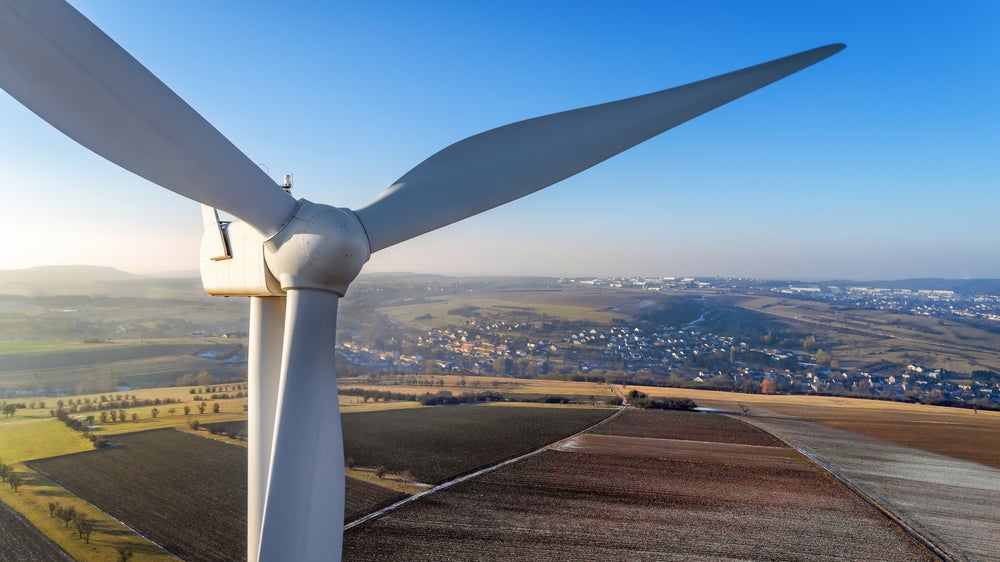Danish wind turbine manufacturer Vestas has presented a method of recycling epoxy-based turbine blades without the need to change their design or the composition of the blade material. The novel chemical process can be applied to blades currently in operation and will eventually eliminate the need for landfill disposal of epoxy-based blades when they are decommissioned, Vestas says.

Wind turbine blades have traditionally been difficult to recycle because of the chemical properties of epoxy resin, a resilient substance that was believed to be impossible to break down into reusable components. This led to attempts to replace or modify the resin with alternatives that can be more easily treated. However, Vestas’s solution uses a novel chemical process that can break down epoxy resin into virgin-grade materials. It uses commoditised chemicals and works in a normal environment – room temperature and normal pressure – so is not expected to be energy intensive, says Vestas.
The chemical process was developed in collaboration with Aarhus University, the Danish Technological Institute and epoxy producer Olin, via the Circular Economy for Thermosets Epoxy Composites (CETEC) initiative, a coalition of industry and academia investigating recycling technologies for wind turbine blades.
The CETEC project originally set out to develop a new epoxy resin that could be more easily treated and recycled. With the latest discovery, Vestas can now circumvent that step and create a pathway towards blade circularity that begins today. “With the new solution, we can start now rather than waiting approximately 30 years for products with novel recyclable resins to reach end of life,” a Vestas spokesperson told Energy Monitor. “That means we can accelerate the timeline for blade recycling by decades and include epoxy blades currently in operation.”
Although many blades are made from polyester, producing wind turbine blades manufactured with epoxy-based resin has increasingly become standard practice in the wind industry over the past decades. In the most mature wind markets, the first of these turbines are reaching the end of their operational life: WindEurope expects around 25,000 tonnes of blades to reach the end of their operational life annually by 2025.
“Until now, the wind industry has believed that turbine blade material calls for a new approach to design and manufacture to be either recyclable, or beyond this, circular, at end of life,” said Lisa Ekstrand, vice-president and head of sustainability at Vestas, in a statement. “Going forward, we can now view old epoxy-based blades as a source of raw material. Once this new technology is implemented at scale, legacy blade material currently sitting in landfill, as well as blade material in active wind farms, can be disassembled, and re-used. This signals a new era for the wind industry, and accelerates our journey towards achieving circularity.”
Using a newly established value chain created with support from Nordic recycling leader Stena Recycling and Olin, Vestas will now focus on scaling up the chemical recycling process into a commercial solution. Once mature, after a two-year pilot, the solution will hail the birth of a circular economy for all existing and future epoxy-based turbine blades.
When fully developed, the solution may also have an impact on other industries that rely on the same composites in production, such as the automotive, shipping and aviation sectors.



